The Ultimate Guide to Choosing the Right Rabbit Nesting Box
Find the perfect rabbit nesting box with our ultimate guide, ensuring comfort, safety, and suitability for your furry friend's needs.
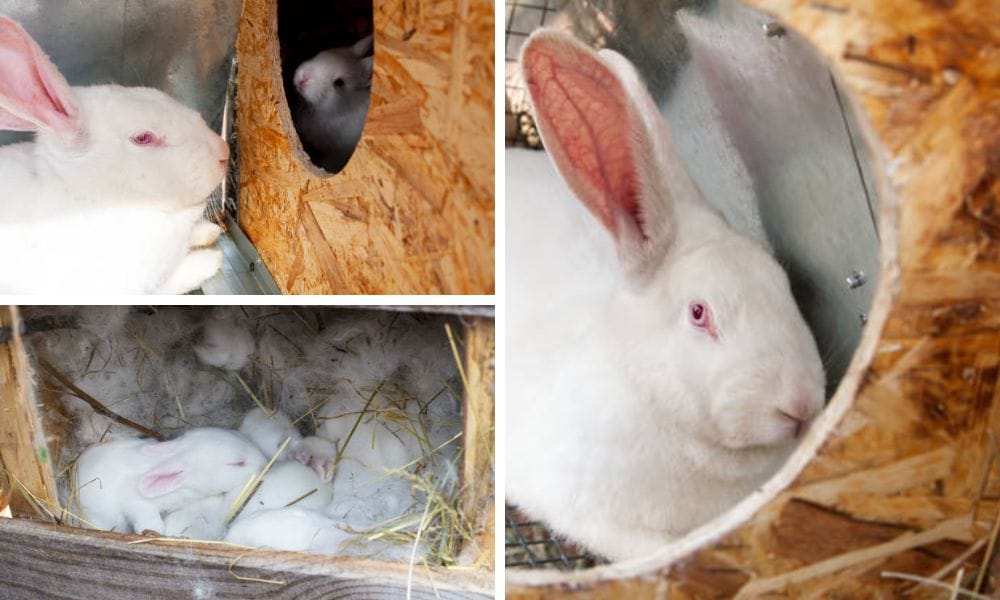
Raising rabbits can be a rewarding experience, whether as pets, for show, or for meat production. One of the most critical aspects of rabbit care is providing a suitable nesting box. This guide will help you navigate the various options and considerations when selecting the right rabbit nesting box for your furry friends.
Key Takeaways:
- Understand the importance of the right dimensions and materials for a rabbit nesting box.
- Learn about the features that facilitate easy cleaning and maintenance.
- Discover how to choose a nesting box that ensures the comfort and safety of both doe and kits.
Understanding the Basics of Rabbit Nesting Boxes
When it comes to rabbit care, a proper nest box is essential for the health and comfort of both the doe and her babies. A nest box provides a secluded area for the doe to give birth and raise her kits. The right box can help keep the litter warm and protected from drafts, which is especially important in the winter months.
The dimensions of the nest box should be spacious enough to accommodate the doe and her growing litter but cozy enough to maintain a secure and warm environment. A box that is too large can make it difficult for the kits to stay warm, while one that is too small can be cramped and stressful for the mom.
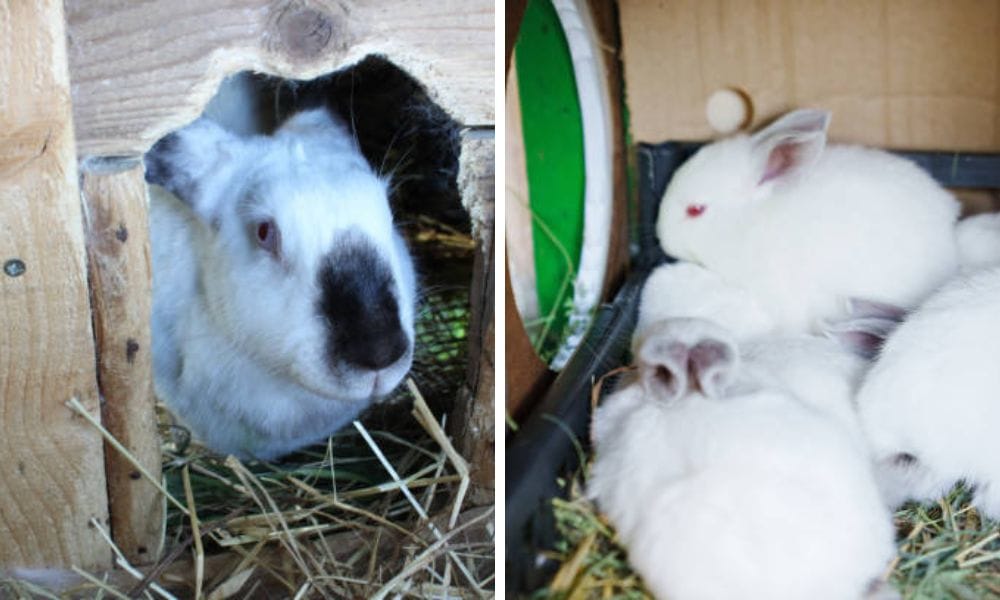
Selecting the Right Materials
The material of your rabbit nesting box is just as important as the size. Wood is a popular choice due to its insulation properties, which can keep the nest warm in winter and cool in summer. However, wood can be difficult to clean and may harbor bacteria or parasites if not properly maintained.
An alternative is a nest box made from hardware cloth or metal, which can be easier to clean and disinfect. Some rabbit owners prefer these materials for their durability and longevity. Regardless of the material you choose, ensure that the box has no sharp edges or points that could injure the rabbits.
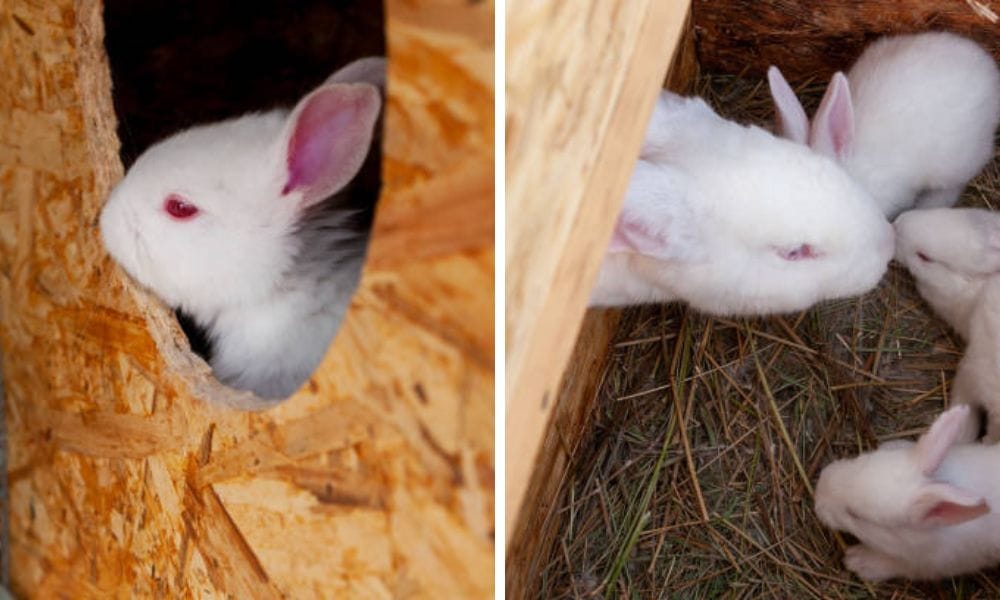
The Importance of Proper Ventilation in Rabbit Nesting Boxes
When considering the construction or purchase of a rabbit nesting box, ventilation should be a top priority. Proper airflow is crucial for the health and comfort of the doe and her kits, especially during the warmer summer months. A well-ventilated nest box helps to prevent the buildup of ammonia from urine and keeps the environment fresh. This can be achieved by incorporating hardware cloth into the design, which allows for air circulation without compromising the safety of the babies. Additionally, ventilation can prevent the growth of mold and bacteria, which are detrimental to both the rabbits and the longevity of the box itself.
Moreover, in the colder winter months, ventilation remains important to avoid excessive moisture accumulation that could lead to a damp and cold nest. While it's essential to keep the nest warm, a balance must be struck to ensure that the air inside doesn't become stale or overly humid. Strategic placement of ventilation holes, covered with hardware cloth to keep predators out, can maintain this balance. It's a good idea to review the construction of the box to ensure that there are no drafts, and if necessary, adjust the ventilation to provide a cozy but breathable space for the rabbit family.
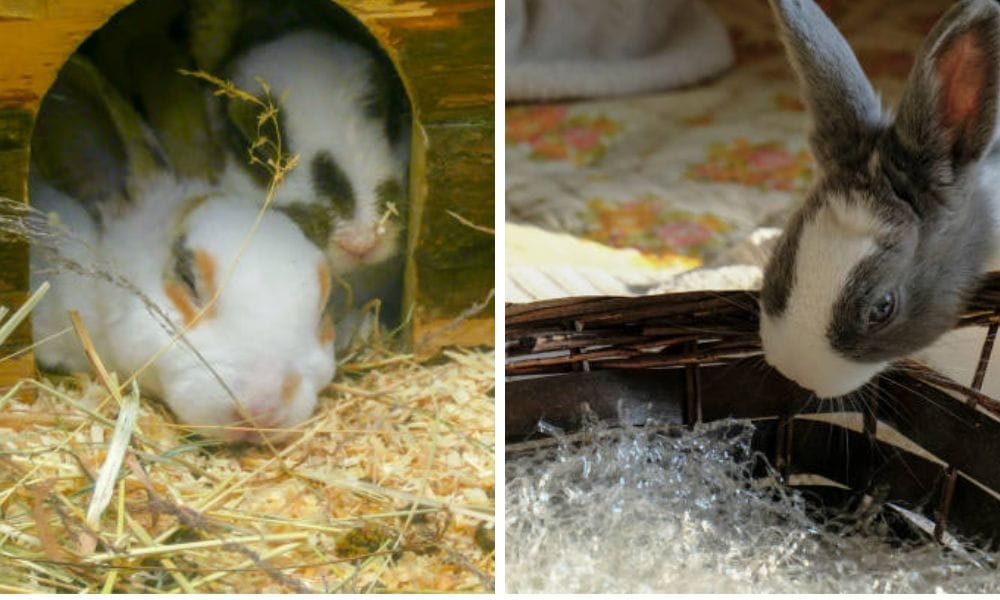
Customizing Nest Boxes for Individual Rabbit Needs
Every rabbit is unique, and so are their nesting preferences. Some rabbits may prefer a nesting box with a low entrance lip for easy access, while others might need a higher edge to prevent kits from being dragged out when the mom exits. It's important to observe your rabbits and customize the nest boxes to suit their individual behaviors and needs. For meat rabbits, which are often larger, the dimensions of the box should be adjusted to provide ample space for the doe to move around comfortably without stepping on her litter.
DIY enthusiasts can take pride in building customized nest boxes that cater to the specific requirements of their rabbits. Using quality wood and ensuring that all pieces fit snugly together will result in a sturdy and safe nest box. For those who prefer to attach the nest box to the cage, make sure that it's securely fastened to prevent it from being tipped over. If you're not handy with tools, don't fret—many companies offer customizable nest boxes that can be ordered to your specifications. Whether you build or buy, remember that the goal is to create a safe, clean, and comfortable environment for the rabbits to breed and raise their young.
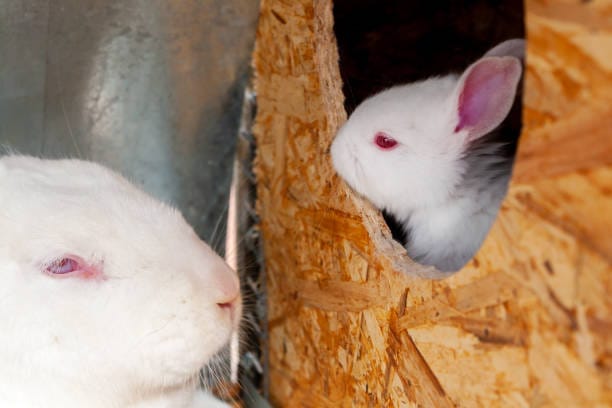
Design Features for Easy Cleaning
Easy cleaning is a must for any rabbit nesting box. A box with a removable floor or a hinged roof can make it much simpler to remove soiled bedding and waste. Some boxes come with a pull-out tray, which can be lined with newspaper or a safe litter and replaced as needed.
Look for a design that allows you to access the interior of the box without disturbing the doe or the kits too much. A box with a side opening or a top that can be lifted away can make for stress-free cleaning and inspection.
Ensuring Comfort and Safety
The comfort and safety of your rabbits should be the top priority when selecting a nesting box. The box should have a low entrance lip to allow the doe easy access but high enough to prevent kits from being dragged out or falling out.
In colder climates, consider a box with thicker walls or one that can be filled with extra bedding to keep the nest warm. In warmer weather, a box with ventilation holes can help prevent overheating. Always ensure that the box is placed in a sheltered area of the cage, away from direct sunlight or drafts.
DIY vs. Store-Bought Nest Boxes
For the handy rabbit owner, a DIY rabbit nesting box can be a rewarding project. You can customize the dimensions, materials, and features to suit your specific needs. Plywood is a common material for homemade boxes, and with the right tools, you can create a quality nesting box.
However, if DIY isn't your thing, there are plenty of ready-made options available. Read reviews and compare products to find a nest box that has the features you want and is built to last. Purchasing from a reputable company can ensure that you get a box that's safe and suitable for your rabbits. Here is our list of top 5 Rabbit Nesting boxes for your convenience.
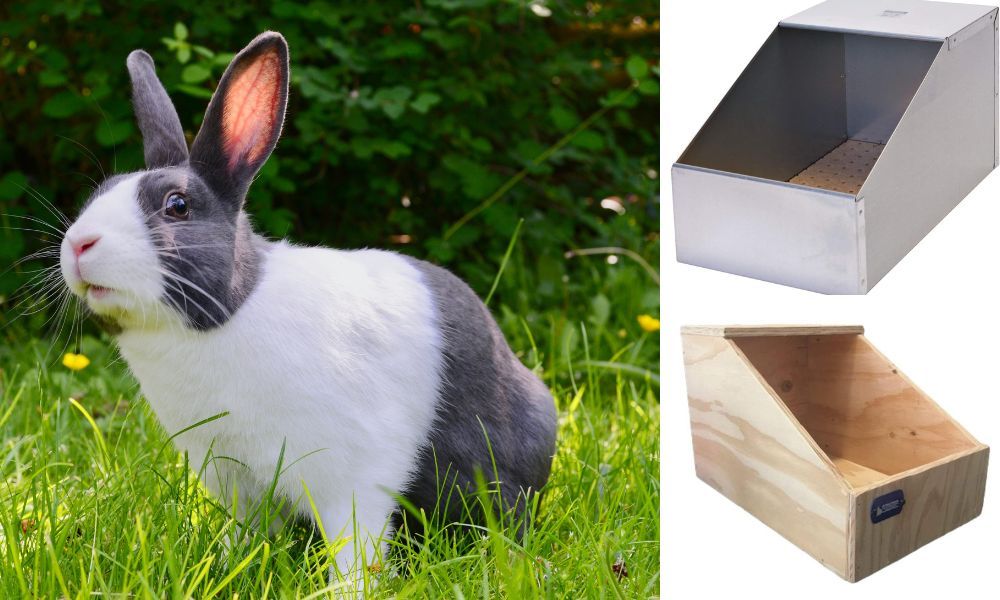
Summary
Choosing the right rabbit nesting box is crucial for the well-being of your rabbits. Consider the size, materials, and design features that will make maintenance easier and keep your rabbits comfortable and safe. Whether you decide to build your own or purchase a pre-made box, the right choice will contribute to the health and happiness of your rabbit family.
FAQ Section
Q: What size should a rabbit nesting box be? A: The size of the nesting box should be large enough for the doe to move around comfortably but cozy enough to keep the kits warm. A general guideline is to make the box one and a half times the length of the doe and about a foot wide.
Q: How often should the nesting box be cleaned? A: The nesting box should be checked daily for soiled bedding and waste. The entire box should be cleaned and disinfected between litters or whenever it becomes excessively dirty.
Q: Can I use any material for bedding in the nesting box? A: It's important to use safe, non-toxic materials for bedding. Good options include straw, hay, or shredded paper. Avoid materials like cedar or pine shavings, as the fumes can be harmful to rabbits.

